Case Study
Regenerative Model
- This is not something new!*
Modern agricultural practices have taken us far away from the traditional agricultural systems. The intensive agriculture methods to meet the demands of growing population and to meet food security has resulted in degradation of farming land and resources around it.
Transitioning to regenerate farmlands can create a balance in the ecosystems which can support in continuing the production of food without affecting the resources.
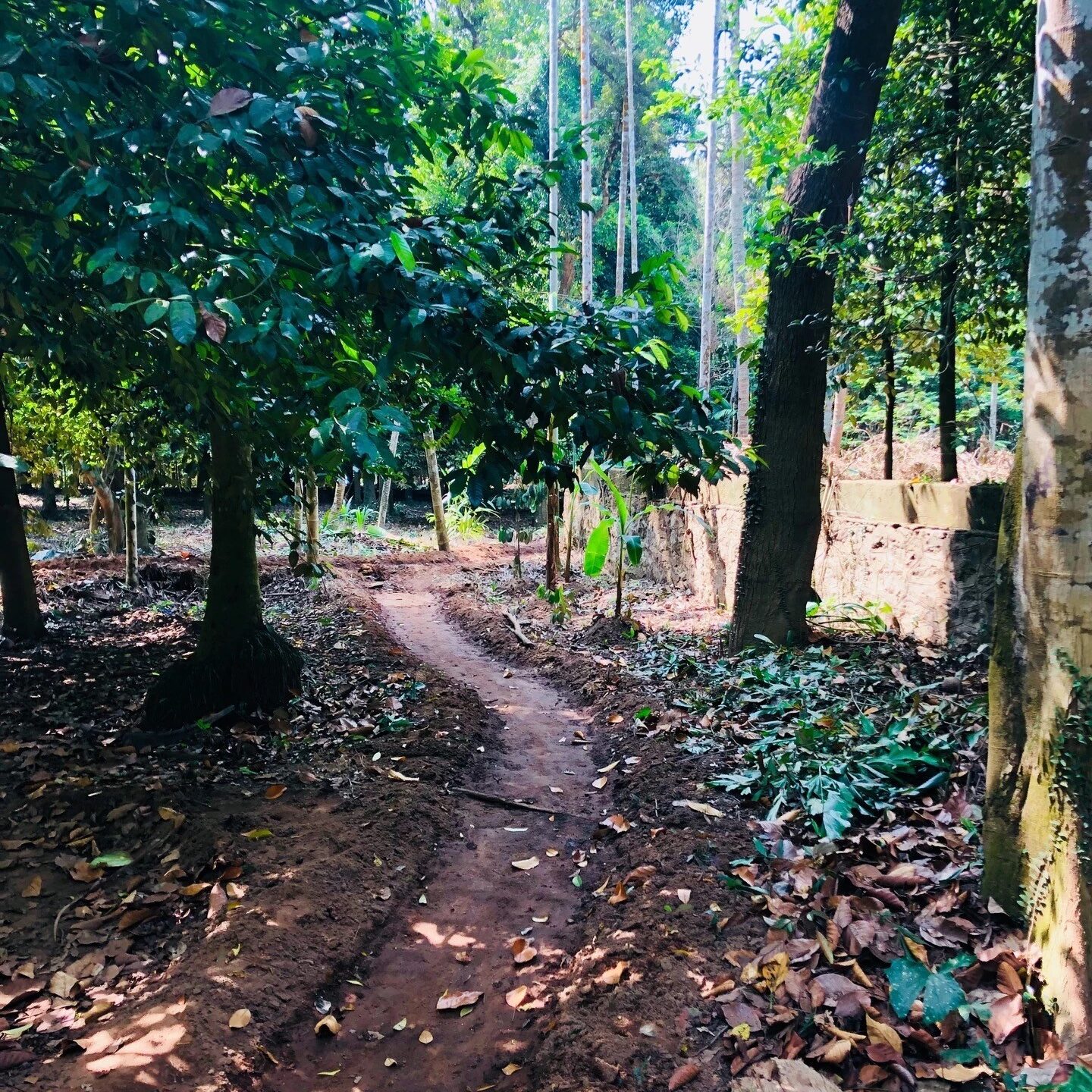
• No or low tillage – little to no plowing fields when planting crops to preserve the carbon in the soil
• Cover Cropping – Instead of leaving fields bare when they’re not planted on with the harvest crop, we cover them with off-season crops that add nutrients and protect against erosion.
• Multiple crop rotations – Instead of planting one crop on the same plot year after year, we change its location from year to year, which prevents the depletion of nutrients in the soil and reduces pests.
• Diverse cover crops; and
• No pesticides, synthetic fertilizers, or other harmful chemicals.
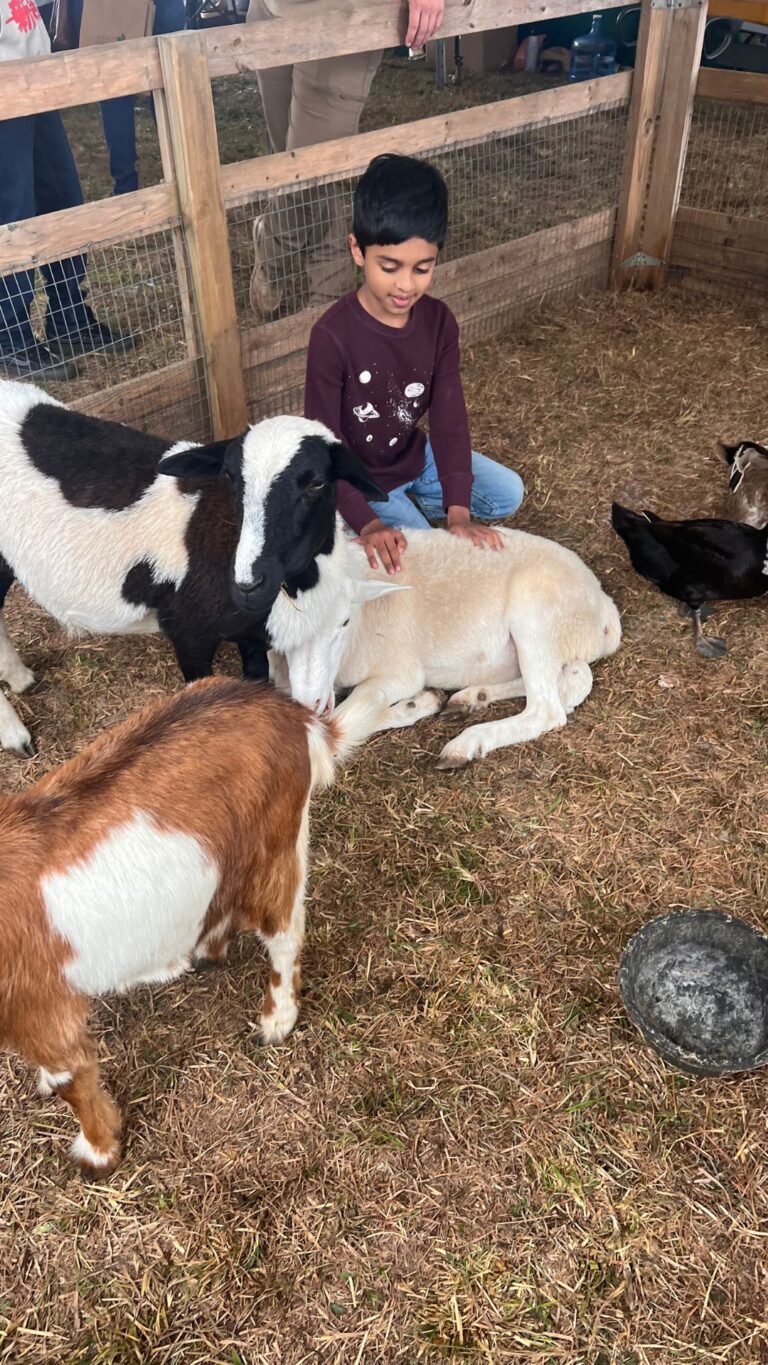
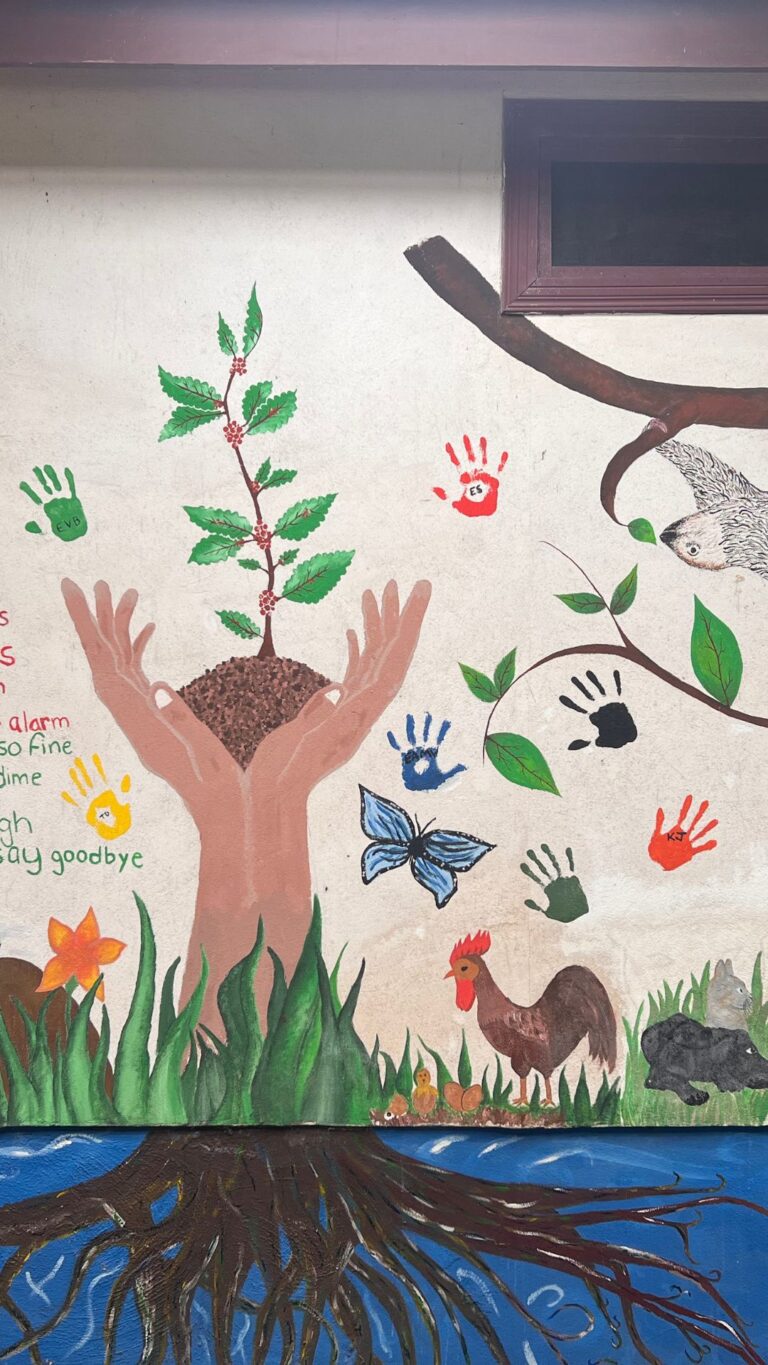
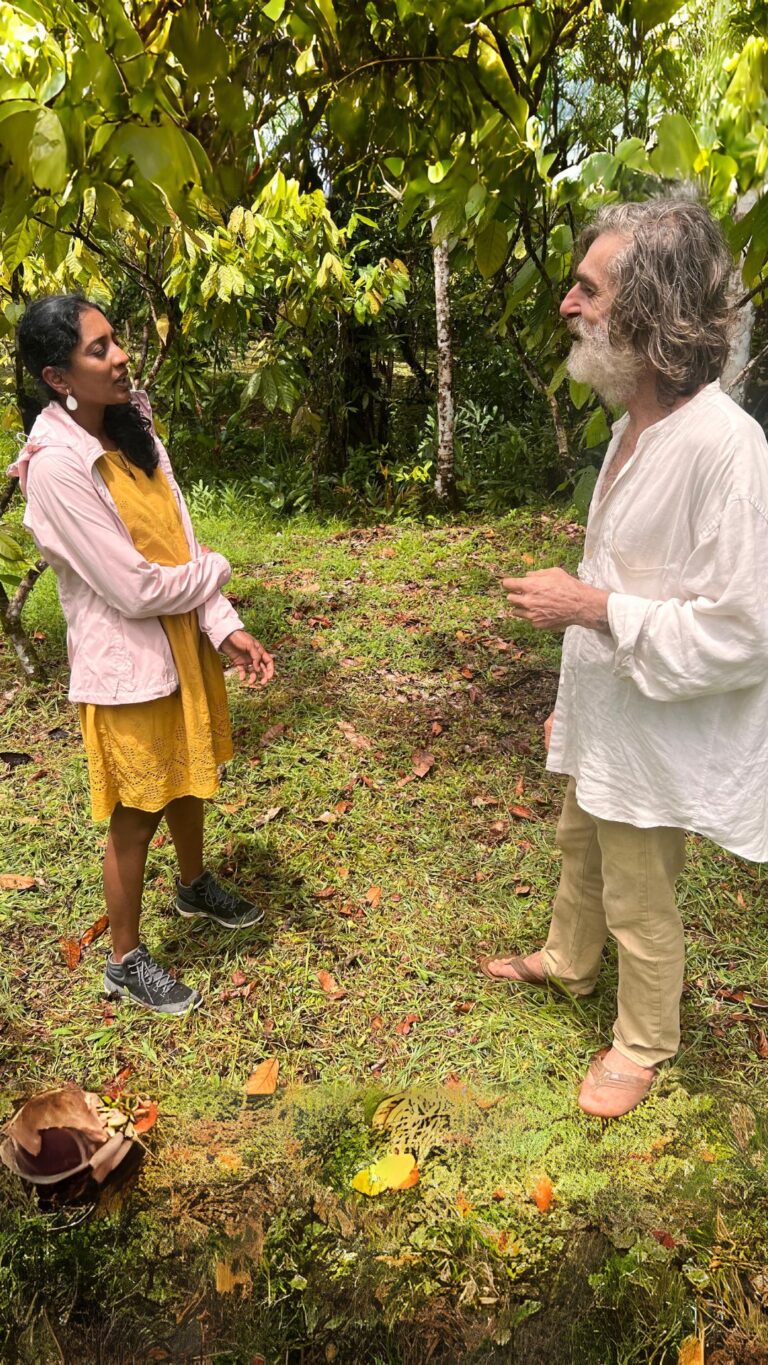
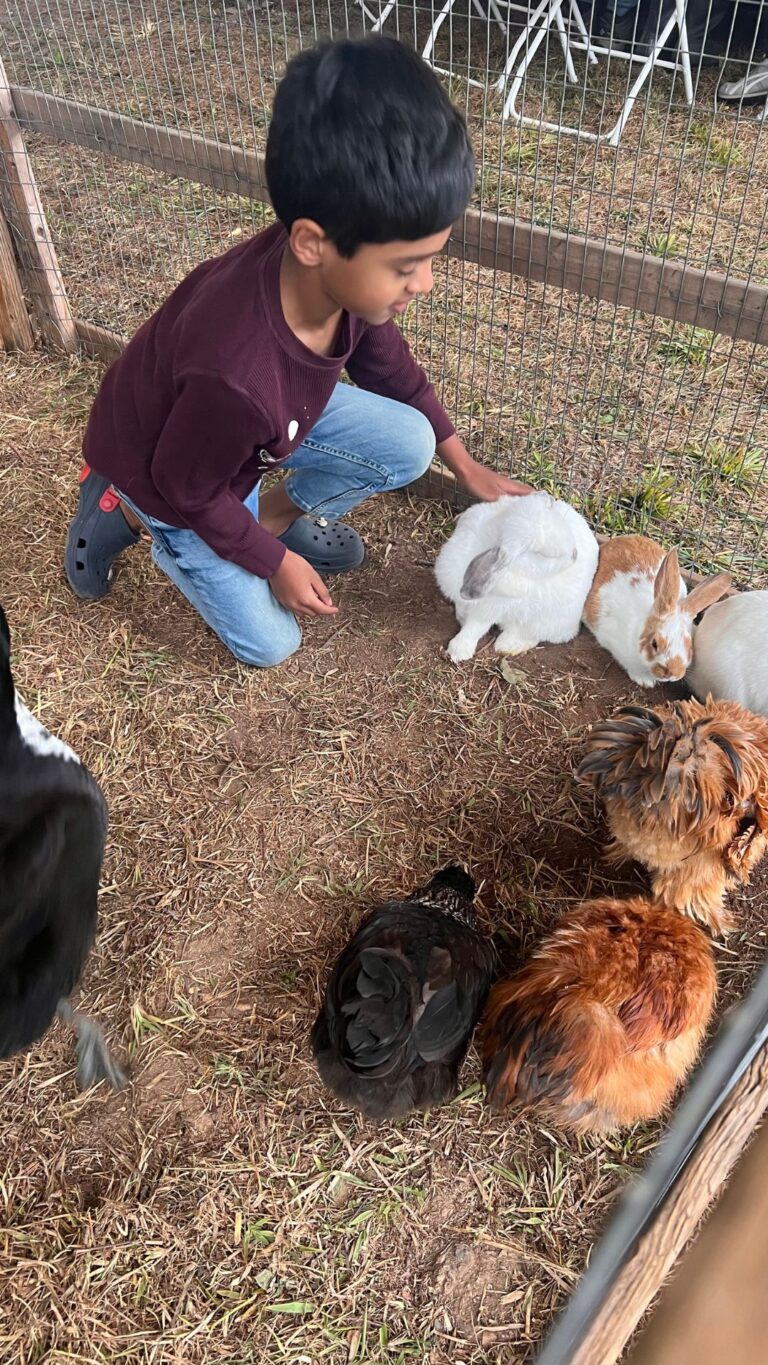
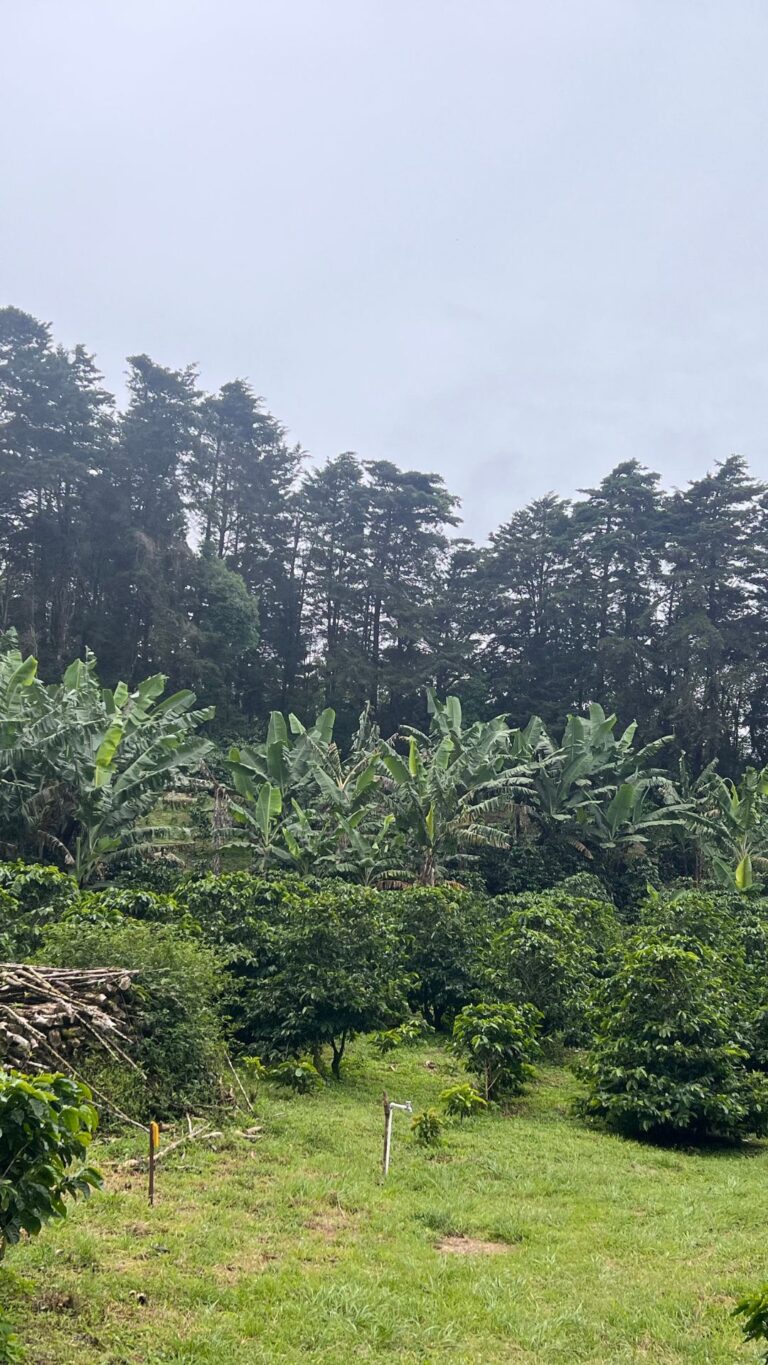
Are these only methods that can improve the fertility of soil – Maybe not!
Many traditional practices followed by native farming communities and indigenous people have proved to improve the organic content in the soil which can increase the nutrients. For example biochar – a carbon-rich and porous material which can be used for a wide range of applications, among which soil improvement, remediation and pollution control, to enhance soil fertility, improve plant growth, and provide crop nutrition has been used by indigenous people of Amazon. Research performed by Cornell University, the University of Oxford, and others has helped to bring further understanding of biochar. By incorporating biochar in conjunction with nutrient additions, the early indigenous peoples of the Amazon converted extremely poor soils into highly fertile and productive land. The practice has been dated back to the pre-Columbian Indians from 500 to 2500 B.C. in the Brazilian Amazon. Today, it is seen as an important tool for increased food security and even to combat climate change.
